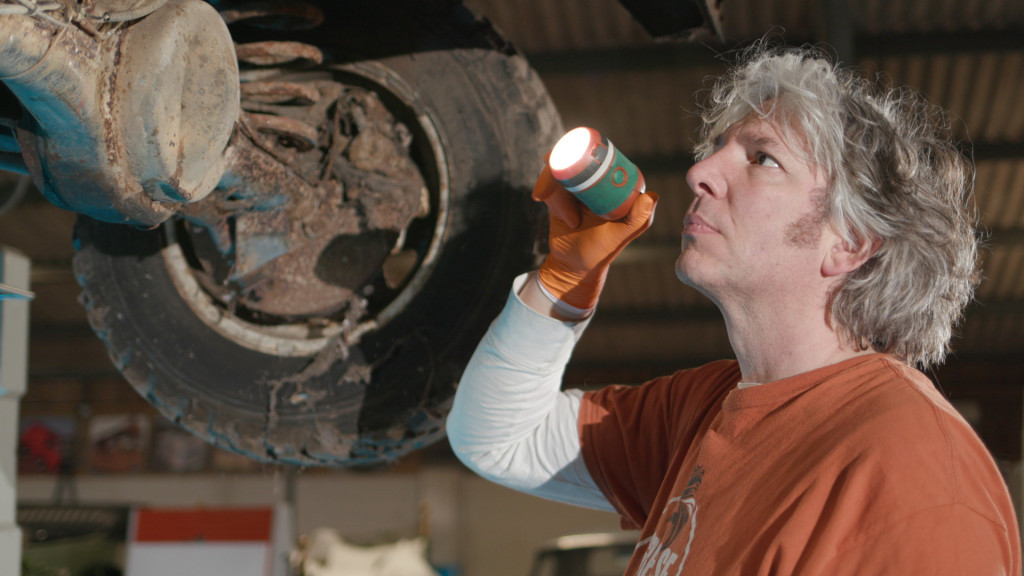Mechanic and television personality Edd China is back with a new YouTube show called “Edd China’s Workshop Diaries,” and the first episode is now live.
As the title suggests, the show focuses on the various projects China has going on at his workshop, with some guests and field trips in the mix as well. In addition to old-school mechanical work and restorations, the show will feature electrification and prototyping projects, using modern technologies like 3D printing, CNC machining, and water-jet fabrication, as China explains in the episode’s intro.
Besides setting up the premise of the show, and catching up viewer’s on China’s activities since he left “Wheeler Dealers,” the first episode focuses on China’s Volkswagen Transporter T5 van. That’s the fifth-generation VW, which wasn’t sold in the U.S. (VW quit with the Transporter T4, sold as the Eurovan in this market).

Edd China
The van was leaking coolant, and China hypothesizes that an oil cooler was the problem. Coolant in the engine oil confirms that hypothesis, so China tries to save the old oil cooler before deciding to install a new oil cooler and filter (they’re attached to the same housing on this engine) on the van. He also installs a new air-conditioning pump while the engine is accessible.
Next, it’s time to reattach the radiator and front clip, reconnect hoses and sensors, and top off fluids. Once the engine is fired up and up to temperature, China finds no sign of a coolant leak. Watch the full video, and you’ll get a detailed yet concise explanation of the repair.
It’s worth noting that China announced two previous shows—”Edd China’s Garage Revival” and “Built By Many“—after leaving “Wheeler Dealers” in 2017, and neither went anywhere. Perhaps “Workshop Diaries” will have more success. China says he plans to create an episode every week until people don’t want to watch. He also notes that he’s working with a production team and sponsors, indicating at least some level of long-term commitment.





